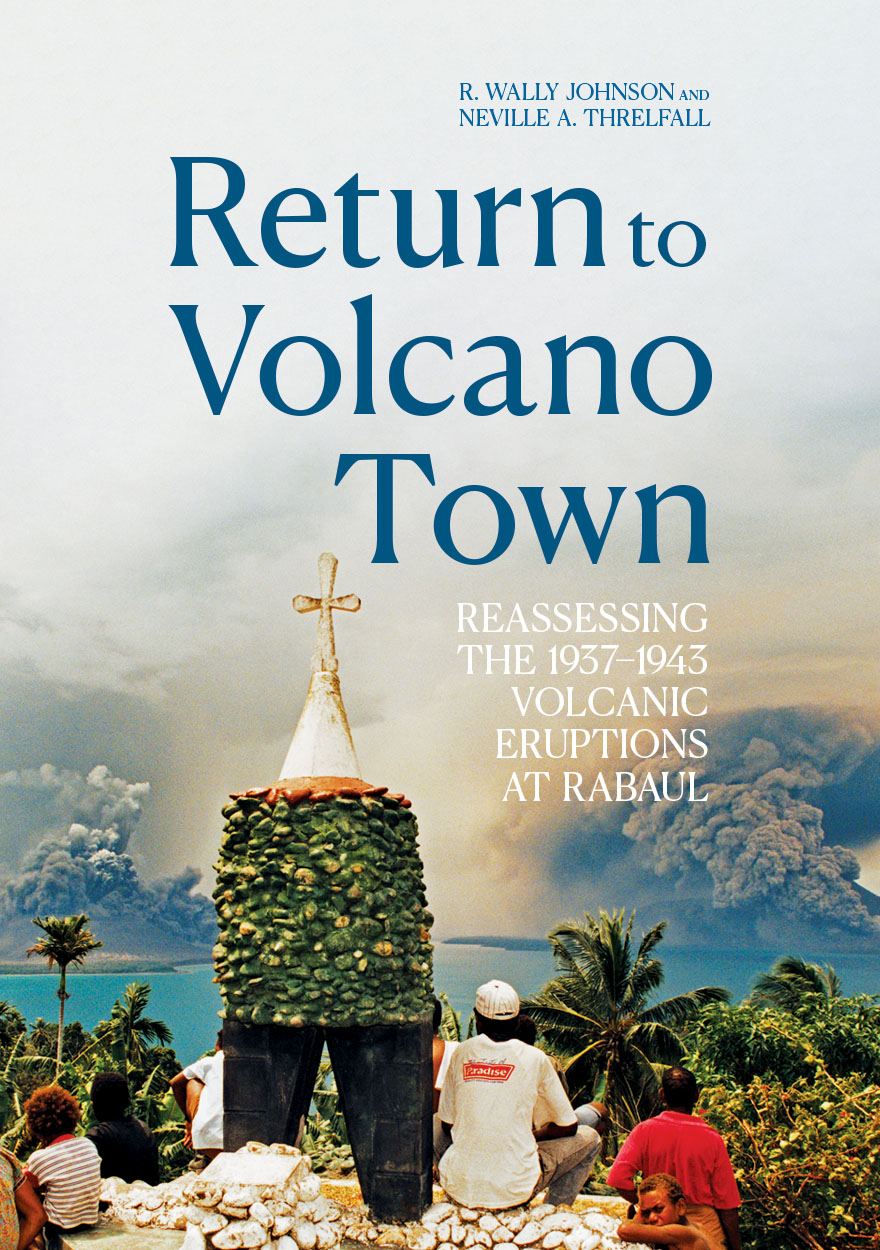R. Wally Johnson
R. Wally Johnson is an honorary associate professor in the Department of Pacific Affairs at The Australian National University. He worked for many years for Geoscience Australia, first as a research scientist and later in senior management roles. Most of his research career has focused on the volcanology of Papua New Guinea. Johnson is an honorary life member of the International Association of Volcanology and Chemistry of the Earth’s Interior (IAVCEI) and an honorary fellow of the International Union of Geodesy and Geophysics (IUGG).

Return to Volcano Town »
Reassessing the 1937–1943 Volcanic Eruptions at Rabaul

Roars from the Mountain »
Colonial Management of the 1951 Volcanic Disaster at Mount Lamington




